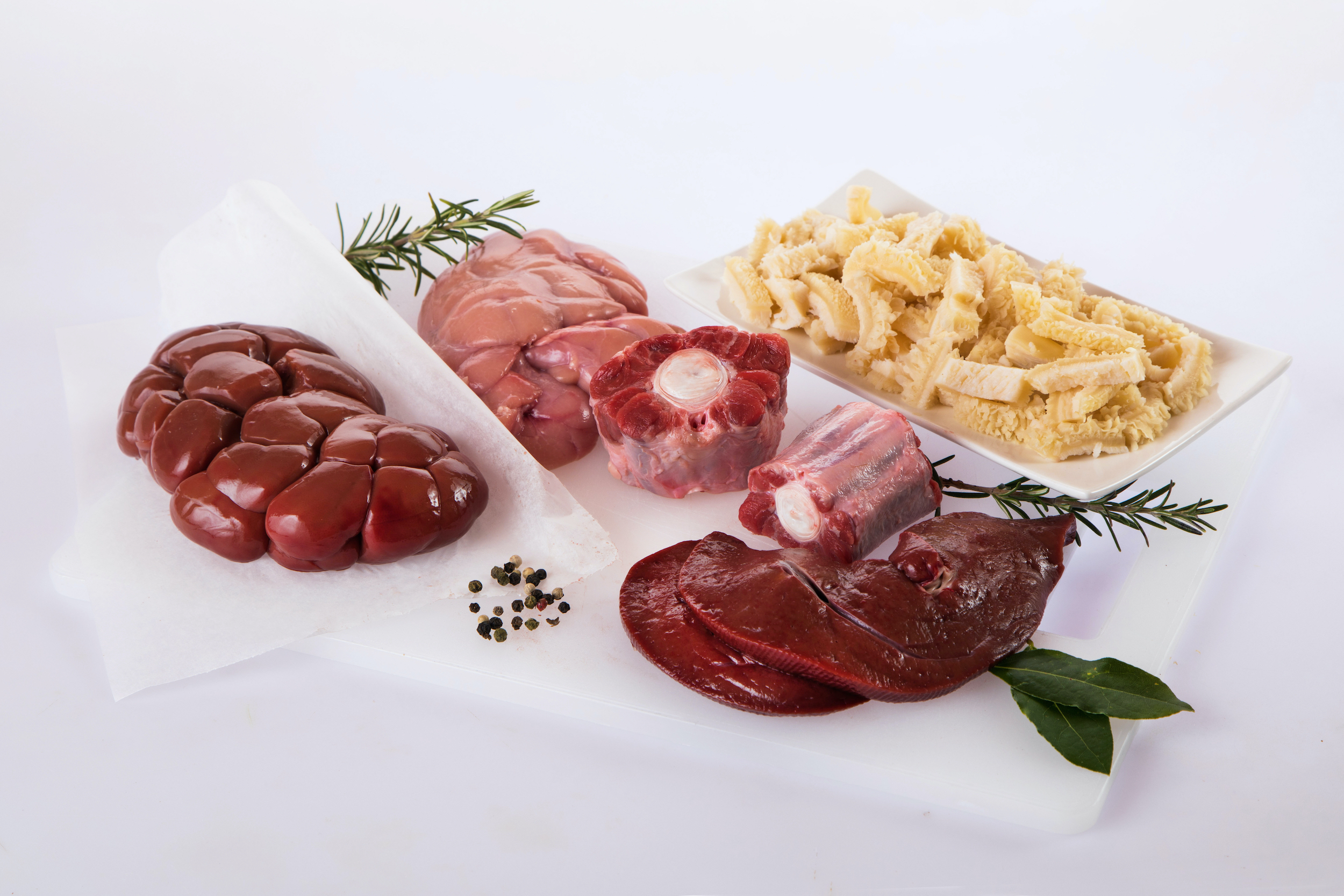As we age, our skin begins to lose its elasticity and moisture. This is due to a decrease in hyaluronic acid production. Hyaluronic acid is a natural substance that helps keep our skin looking young and healthy. It can hold up to 1,000 times its weight in water, which helps keep our skin hydrated.
This blog post will discuss the top anti-aging benefits of hyaluronic acid and how you can get it into your diet!
What is Hyaluronic Acid, and what are its benefits
Hyaluronic acid is a substance that is naturally present in the human body. It is found in high concentrations in the joints and skin and plays an essential role in lubrication and hydration.
In recent years, hyaluronic acid has become a popular ingredient in skincare products, as it is known to have powerful hydrating and anti-aging properties. When applied topically, hyaluronic acid can help to diminish fine lines and wrinkles, increase skin elasticity, and improve skin tone and texture. Additionally, hyaluronic acid is often used as a dermal filler to plump up areas of the face that have lost volume due to aging. As such, it is an increasingly popular treatment for facial rejuvenation.
Overall, hyaluronic acid is a versatile substance with many benefits for the skin. As research into its potential uses continues, it is likely that even more exciting applications will be discovered.
How to get hyaluronic acid in your food

Hyaluronic acid is a substance that occurs naturally in the body, but unfortunately, the body’s production of hyaluronic acid declines with age, leading to dryness, wrinkles, and joint pain.
Fortunately, it is possible to get hyaluronic acid from food. There are a few different ways to do this:
One way is to eat foods containing collagen, a protein that helps keep skin firm and elastic. Collagen-rich foods include bone broth, chicken, fish, leafy green vegetables, and especially organ meat.
Organ meats, like the brain, kidney, heart, intestines, and skin, are rich in hyaluronic acid. However, we no longer consume this part of the animal, causing a widespread lack of HA intake.
Severe lack of intake may also contribute to accelerated aging of the skin, joints, and other organs, including the brain. Lack of HA also compromises the intestinal barrier to microbial byproducts and allows more significant intestinal and body-wide inflammation.
Because we no longer eat organ meat, another way of getting hyaluronic acid is to take supplements. Supplements are available in pill and powder form and can be found at most health food stores.
Paleo Valley is a great company offering clean organ meat in food-grade supplement form.
Finally, you can also use topical products that contain hyaluronic acid. These products are applied to the skin and can help reduce the appearance of wrinkles and improve elasticity. Find a clean ingredient company, so you don’t end up with toxic by-products found in so many chemical-based beauty care brands.
***I have no affiliation with the above-mentioned products; I just like them. ?
The best way to take hyaluronic acid for maximum benefit
While there is no definitive answer as to the best way to take hyaluronic acid, most experts agree that it is most effective when taken orally. This allows the body to absorb the maximum amount of the substance and put it to use for lubricating and hydrating tissues.
For best results, it is generally recommended to take hyaluronic acid supplements on an empty stomach, either in the morning or at night. Some people also find that taking their supplements with a glass of water helps to improve absorption.
Finally, it is essential to remember that hyaluronic acid supplements can take several weeks or even months to produce noticeable results, so patience is key.


